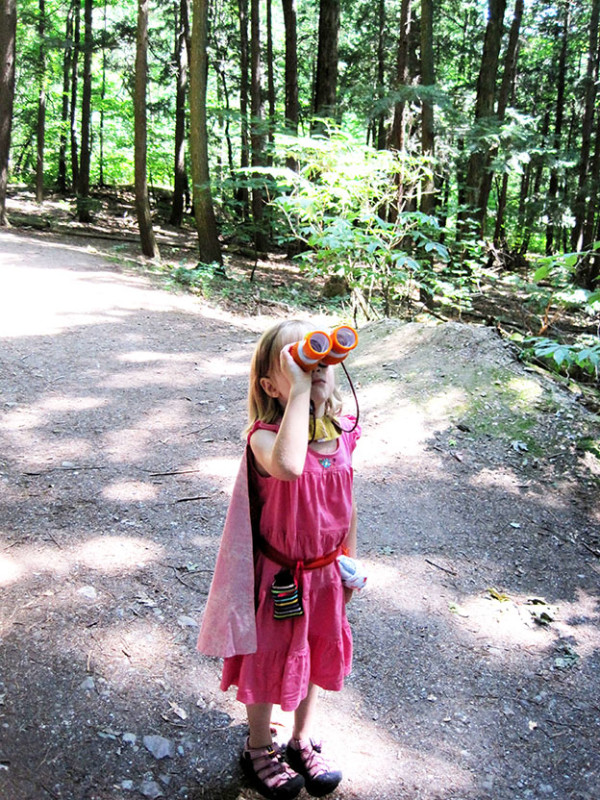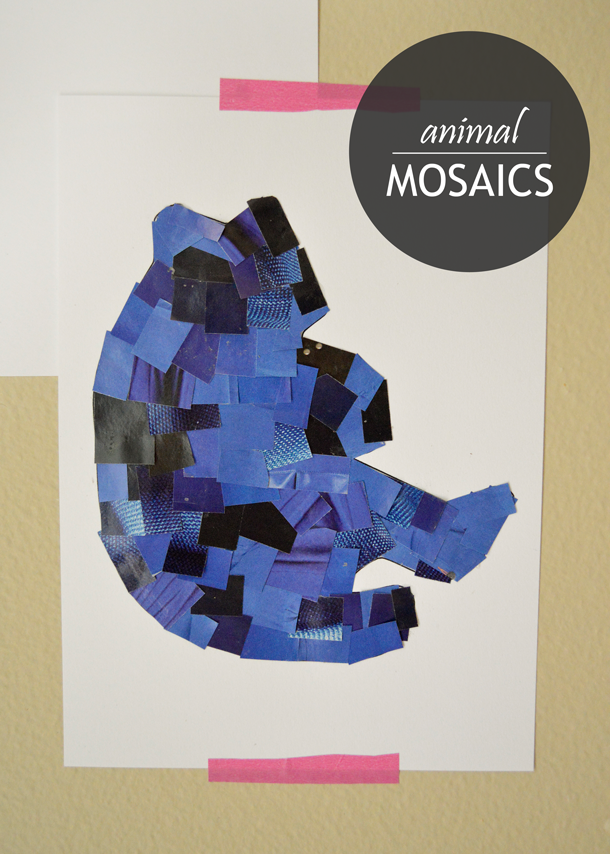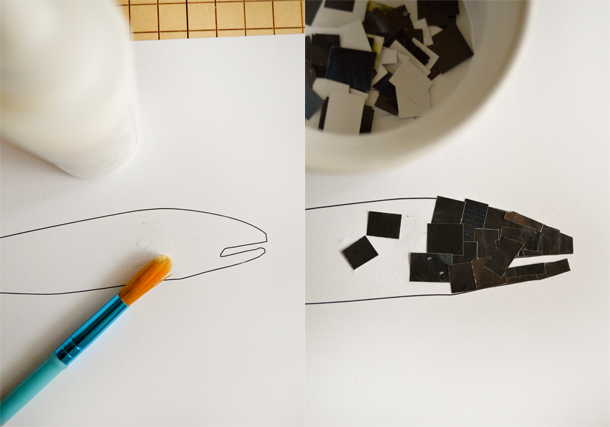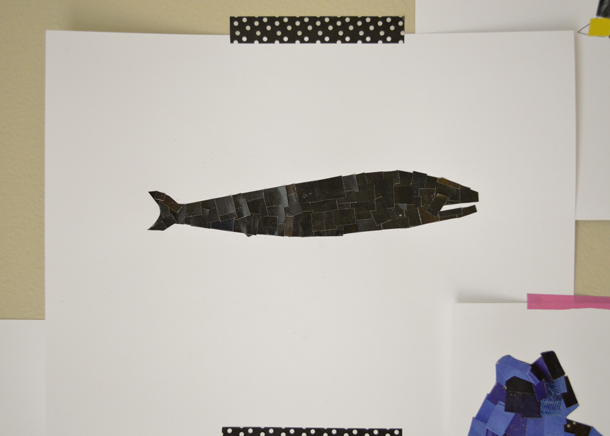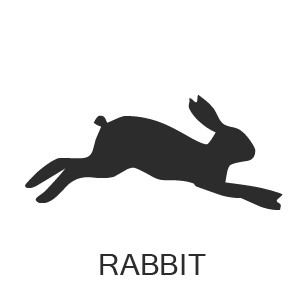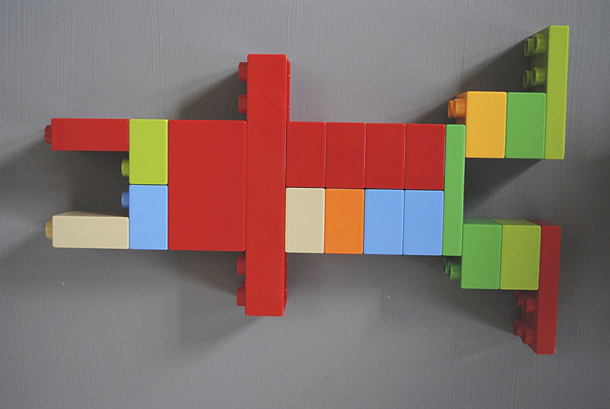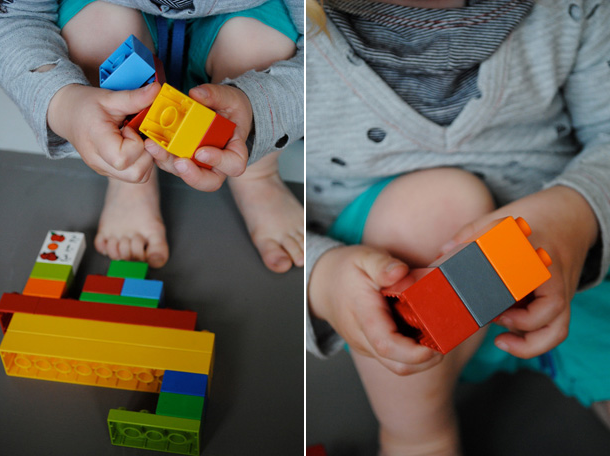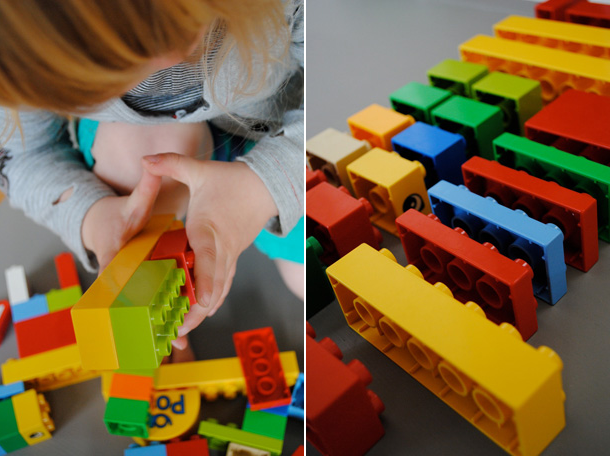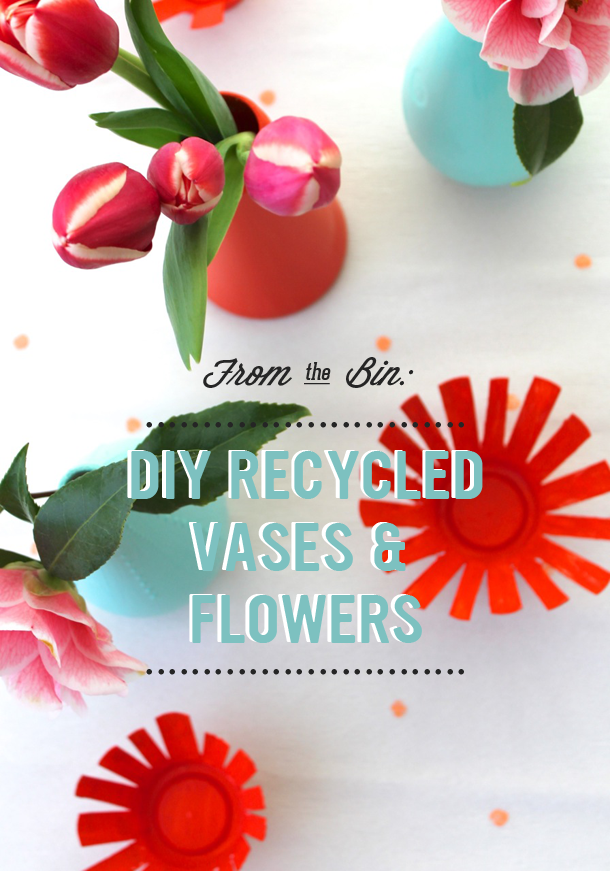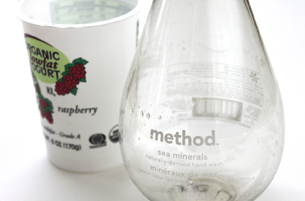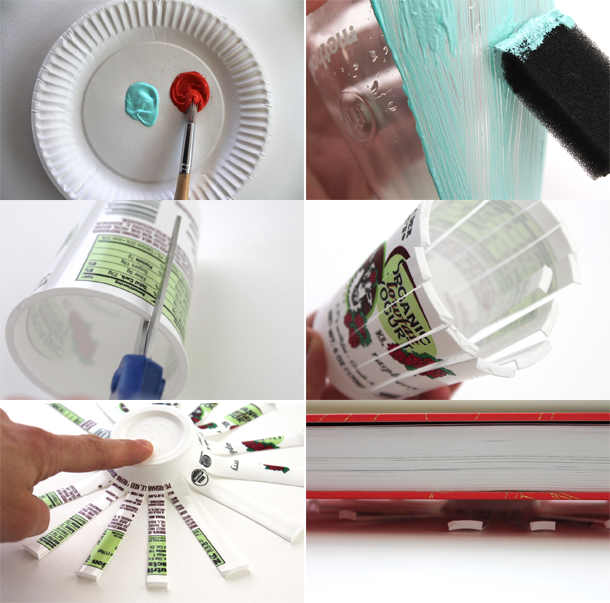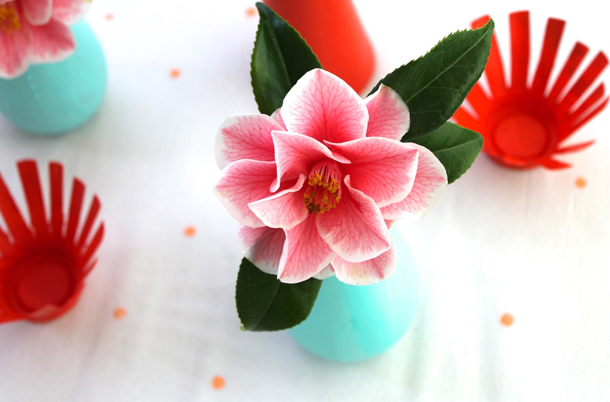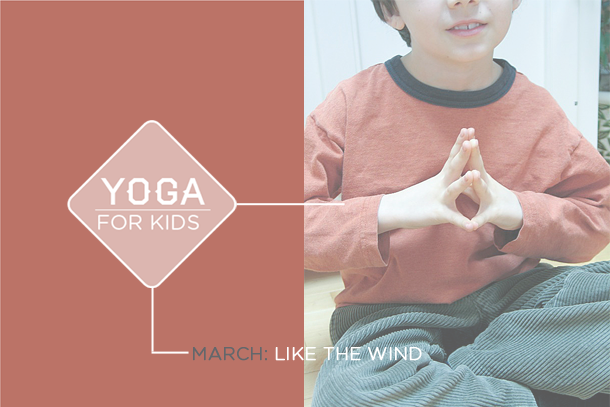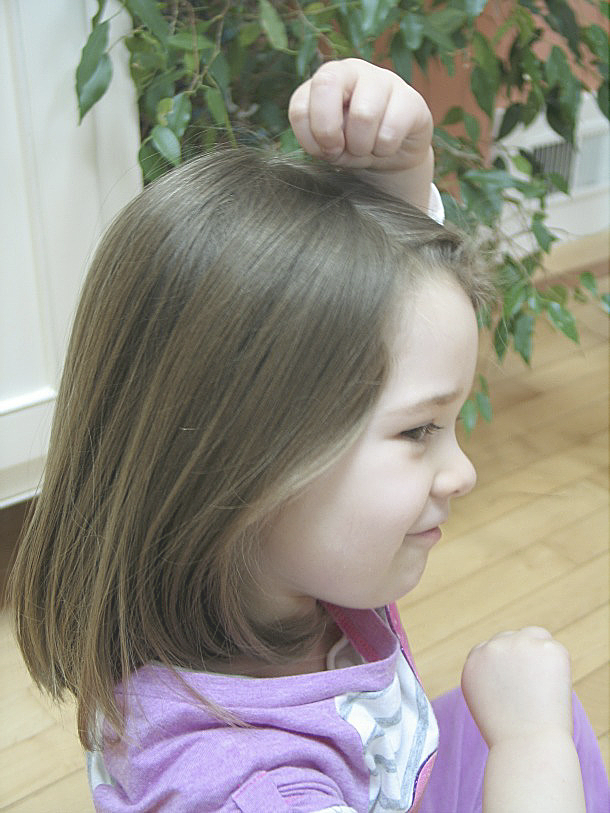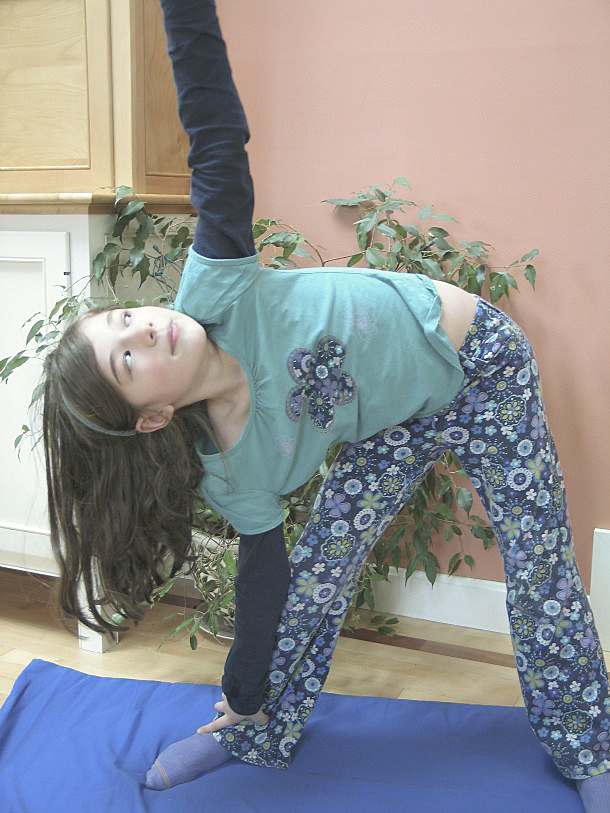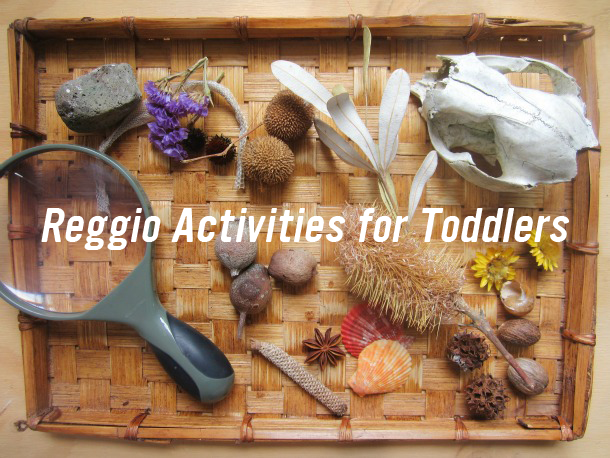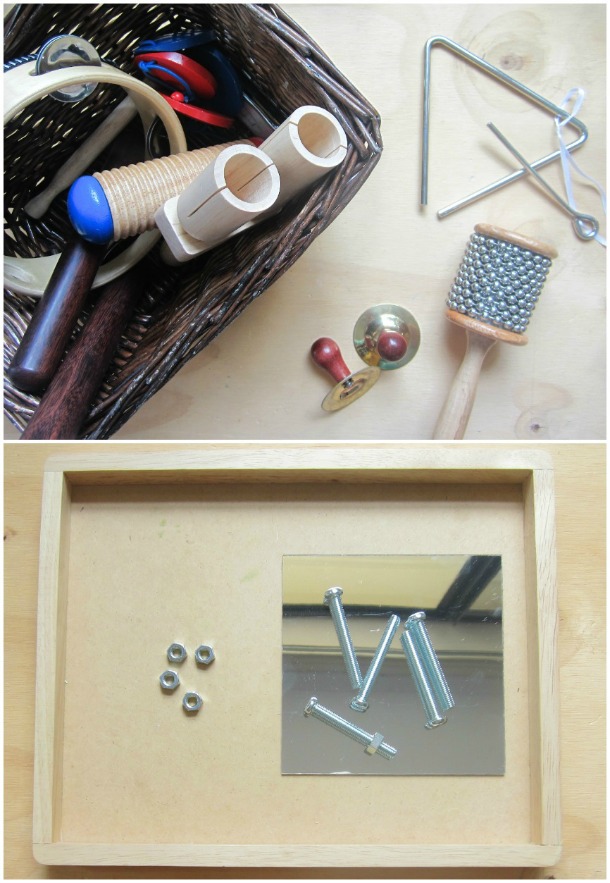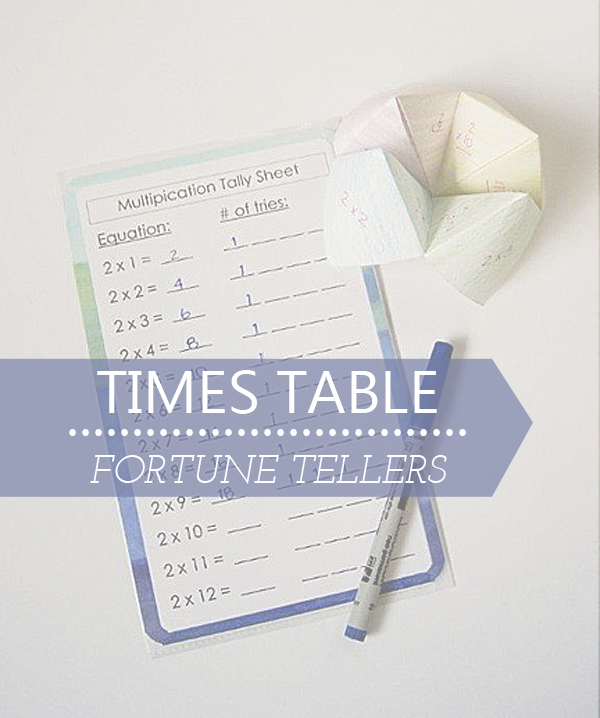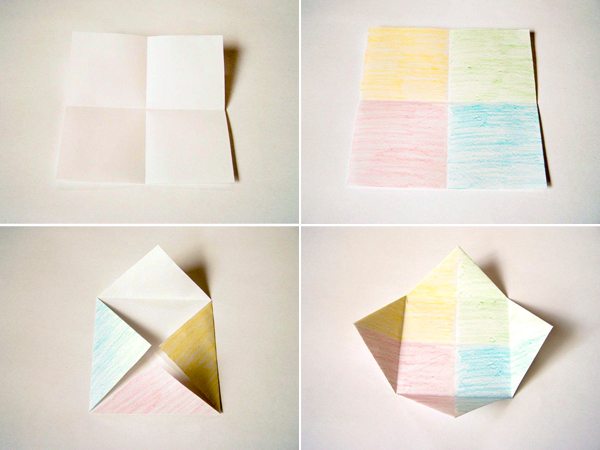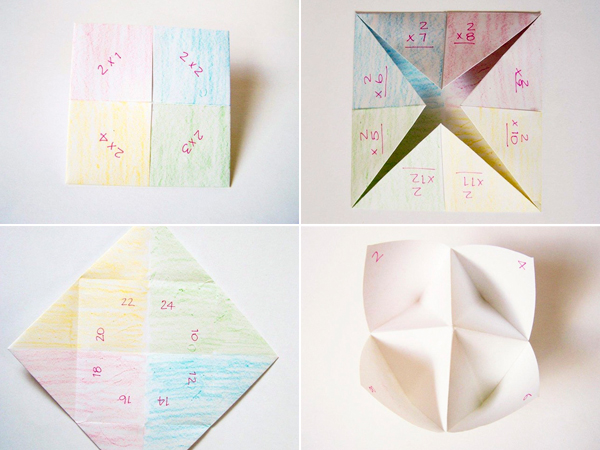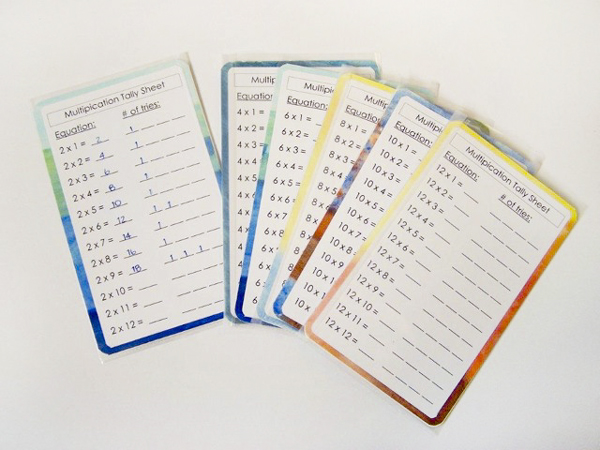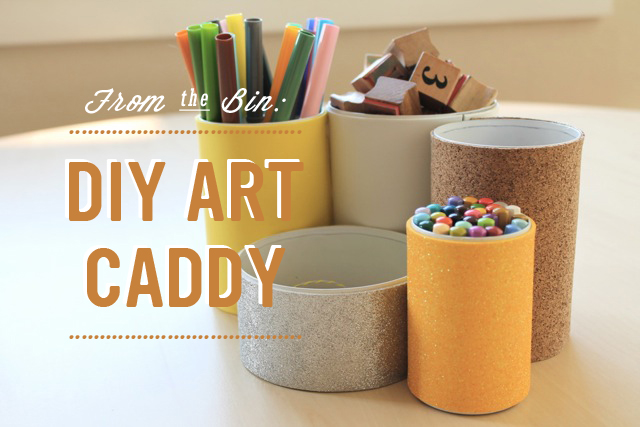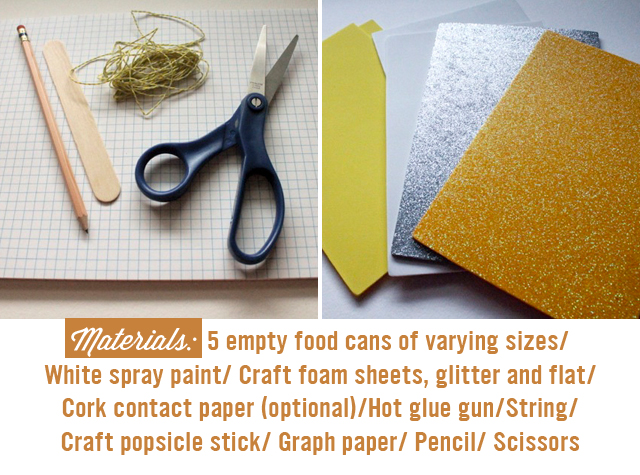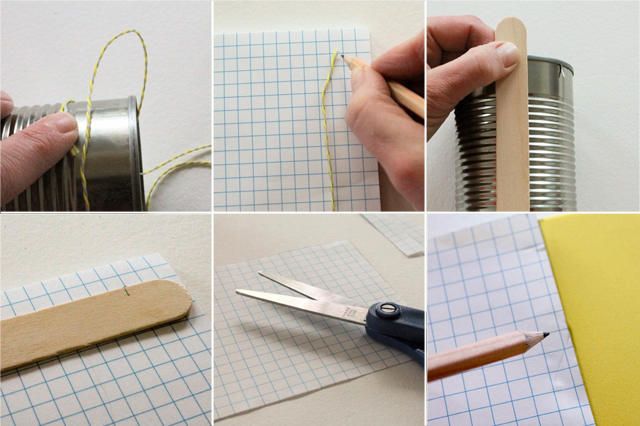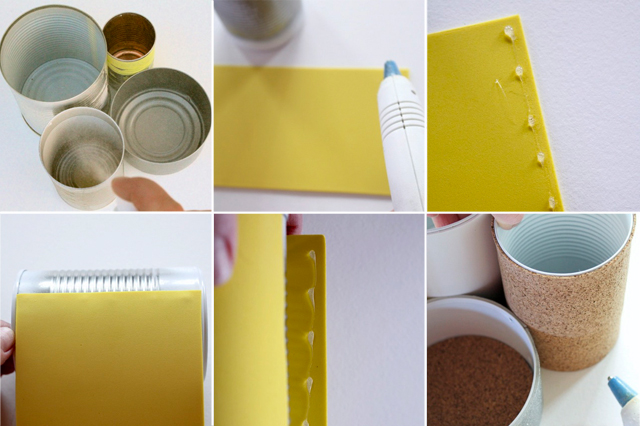Stress Management for Children: And Breathe…
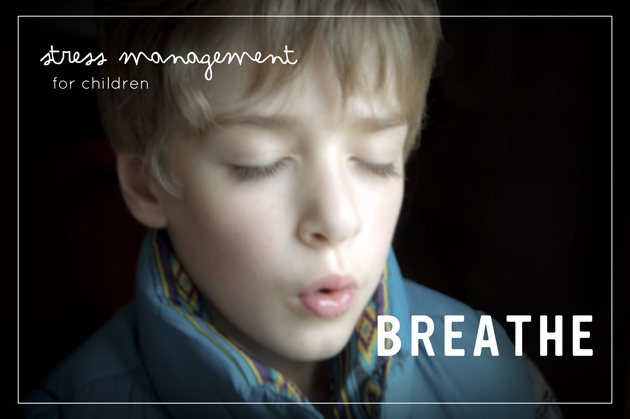 I’m sure we’re all familiar with the earth shattering silence that comes when a child draws in a hugely deep breath in order to emit the kind of scream that brings every parent within a 5 mile radius running. And we’ve all watched our child caught in that suspended animation between breath and pain when they can’t seem to decide between crying and turning blue. That’s usually the moment we crush them into our arms, breathing life back into them and anchoring them to us, a rock in the sea of life.
I’m sure we’re all familiar with the earth shattering silence that comes when a child draws in a hugely deep breath in order to emit the kind of scream that brings every parent within a 5 mile radius running. And we’ve all watched our child caught in that suspended animation between breath and pain when they can’t seem to decide between crying and turning blue. That’s usually the moment we crush them into our arms, breathing life back into them and anchoring them to us, a rock in the sea of life.
In many ways these early years are easier to navigate, their pain is evident and (hopefully) relatively easy to soothe. We know what to do in this situation, we know how to give comfort. But as children grow older it is harder and harder to determine what they are thinking and feeling, their emotions go more underground, their reasons become more complex.
Have you ever noticed how hard it can be to speak clearly and coherently when you are upset? Your words are ragged, your voice wobbles and you feel like your legs have turned to jelly. Breath comes in short ragged gasps as we lose control of our emotions, denying us the ability to remain rational or even explain how we feel. Our body is responding to stress, shutting down non essential functions (such as thinking!) and getting us ready to run for it.
But in our modern world it is not so easy to identify what is triggering this feeling of helplessness and loss, a tiger attacking is a clear foe, the rejection of a friend or feelings of frustration at learning new skills are less obvious. Each day brings different challenges and what can cause no trouble one day can be a disaster the next. Just like adults, children have complex emotional landscapes that can be all blue skies one minute and thunder storms the next.
Culturally we generally don’t approve of displays of strong emotions and, as children become more aware of social expectations, they often suppress these feelings until the cork finally pops and feelings explode all over the place. It can be pretty sticky.
I often explain to my eldest son life is like a tree, the longer you live the higher up you climb; my job, as his parent, is to look down the road of life and see what is coming up. He may need to learn things that don’t seem important right now or be aware of pitfalls that could catch him out; he’s busy growing and living in the moment, it’s my job to give him a heads up when he needs it.
The same applies with feelings. Children, once caught up in an emotion, can’t see beyond it. Joy is complete and unending, they are a bird soaring the highest heights, but sadness is equally all consuming. When in the throes of sadness it can be extremely hard for a child to ‘come out of it’, it can seem self perpetuating. It’s rational for a parent to try and ‘shock’ a child out of it by being stern or even setting a punishment, but really that is just adding stress onto a bonfire that is burning pretty high. Just to be clear I’m not talking about ‘sass’ here, but the genuine emotion that comes from deep seated feelings.
Some questions you might want to ask yourself when trying to determine the difference are:
-
Is this outside the norm for my child?
-
Does my child seem in control?
-
Does my child seem lost or afraid?
-
What is he really trying to tell me?
When a child is yelling he might really be saying he feels afraid/alone/criticized or out of control, it is our job to step in and help them step away from the precipice.
Like any skill in life, stress management requires training and this training is best done prior to the problem arising. The more prepared we are, our ‘safety drills’ in place, the less likely we are to get caught up in the fire when it comes.
For the last couple of years I’ve been teaching my son a breathing strategy to cope with stress. It is very simple but it really works and pulling him out of the swirling vortex of his emotion and back to a place where we can deal with what is happening. We’ve practiced this strategy at times when he is calm so that it can be quickly deployed when he finds himself overwhelmed.
I asked him to imagine himself in a boat. Right next to him the water begins to boil and bubble, I tell him to row himself away as hard as he can, he does this by pushing out his breath. Each time he pushes out a breath, blowing as hard as he can, he moves further and further away from the boiling water and feels safer and safer. When he feels safe he lets me know and his breathing will level out.
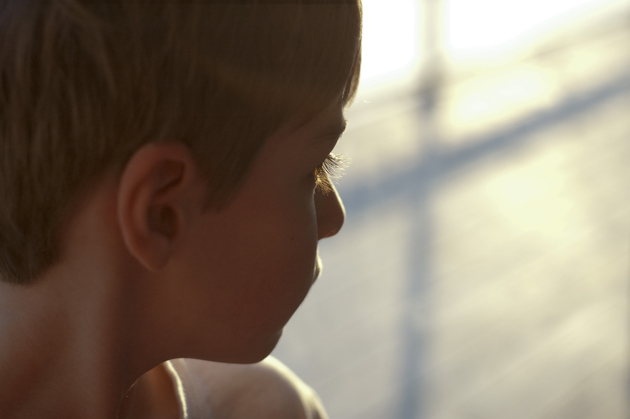
This exercise achieves two things, it gives his brain something else to focus on and draws oxygen into his body which calms his nervous system. When we draw air deep into our lungs our organs can all function properly and we can find calm, if we remain in a shallow breathing state we are denying our body the oxygen it needs to respond to the stressful stimuli, leading to increased panic and fear.
A simple breathing exercise may not seem like much, but it can be a life raft for a child who is overwhelmed. When they realize they have an escape route, a way out of their negative state, they are empowered. It also tells them that you, the loving adult in their life, take them seriously. By removing judgment and responding only to your child’s need for comfort and support, you are showing them that what they feel is real, it is important and that they are not a victim.
If you think this is a strategy that might work for your family, think about the following ideas and pick the ones that resonate for you.
-
Practice your ‘life raft’ strategy at a calm moment.
-
Explain why you think a plan is useful for dealing with stress.
-
Give examples of when you felt overwhelmed and struggled with your feelings.
-
Create a story that resonates for your child and ties in with a particular interest of theirs (they might prefer flying or floating over water for example)
-
Practice the exercise alongside them.
-
Ask for their input on things that might help them when they are overwhelmed.
-
Create a code word that they can use to let you know they are feeling overwhelmed when in public.
-
Make sure you are taking time to talk/cuddle/spend time aside from talking about stress management, you want to avoid this being seen as a way of gaining your attention.
-
When a meltdown arrives, remember not to meet your child at their emotional level, remember you are the guide on this journey not the traveler.
-
If the exercise does not go well don’t see it as a failure
In my next post on stress management for children I’ll be talking about using stories to help children deal with their struggles, in the meantime please do let me know how you are getting along!


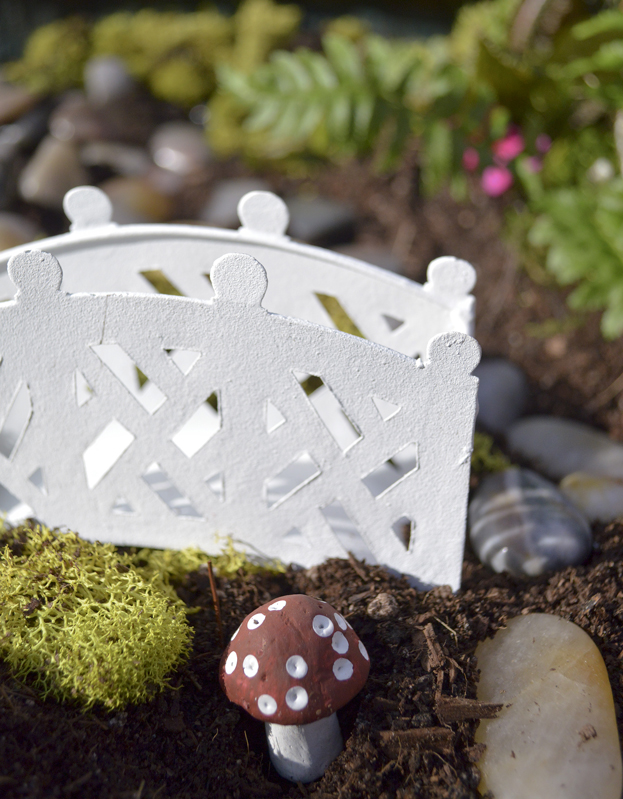

 We have been dedicated bird watchers this winter! Needless to say I was thrilled to hear that Annie, from
We have been dedicated bird watchers this winter! Needless to say I was thrilled to hear that Annie, from 